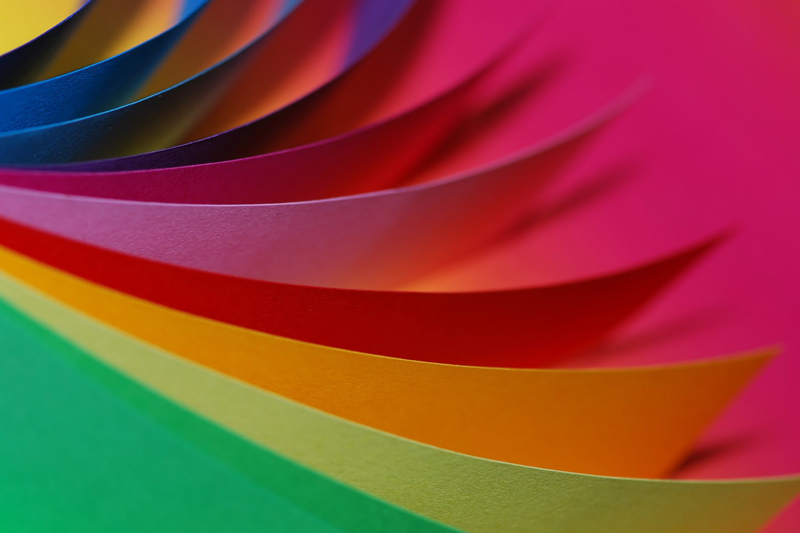Faux Gilded Matchbox

You will need:
* Thin chipboard (a cereal box is perfect!)
* Aluminum foil
* Gel medium
* Embossing folder
* Embossing or die cutting machine
* Acrylic paint
* Rubbing alcohol
* Paper towel
* Foam brush
* Pencil
* Scissors
Cut your chipboard to size so that it fits into your embossing folder. Cut a piece of aluminum foil so that it’s slightly bigger than the cardboard. Apply gel medium to the cardboard, and lay the dull side of the aluminum foil onto the gel medium. Flatten and burnish the foil with your fingers or a paper towel. Trim the excess foil. Let dry completely.
When dry, emboss the foil covered chipboard, so that the raised design is on the foil side. Brush on a coat of acrylic paint, covering the entire surface. Allow to dry completely. When dry, use a paper towel dampened with rubbing alcohol to rub the paint off the raised parts. Don’t worry if some of the paint on the background gets rubbed off – this will add character to the piece. Buff the raised design to make it shiny.
Project: Gilded matchbox
You will need a discarded matchbox to serve as a template. Dismantle the matchbox cover by separating it at the seam. Lay it flat on a piece of chipboard, and trace around it, and mark the fold lines as well. Cut out the cover, then score and fold the lines. Adhere the foil, shiny side out, to the outside of the cover, and burnish. Trim off the excess foil. Emboss the cover, paint the foil, and allow to dry. Wipe off the paint on the raised parts of the design using a paper towel with rubbing alcohol, then glue the cover together. Paint the inner box (or drawer) inside and out with acrylic paint and allow to dry completely before slipping it back into the cover. If you wish, you may also make gilded panels small enough to glue onto the ends of the inner box.

Related Articles
Editor's Picks Articles
Top Ten Articles
Previous Features
Site Map
Content copyright © 2023 by Mia C. Goloy. All rights reserved.
This content was written by Mia C. Goloy. If you wish to use this content in any manner, you need written permission. Contact Mia C. Goloy for details.


